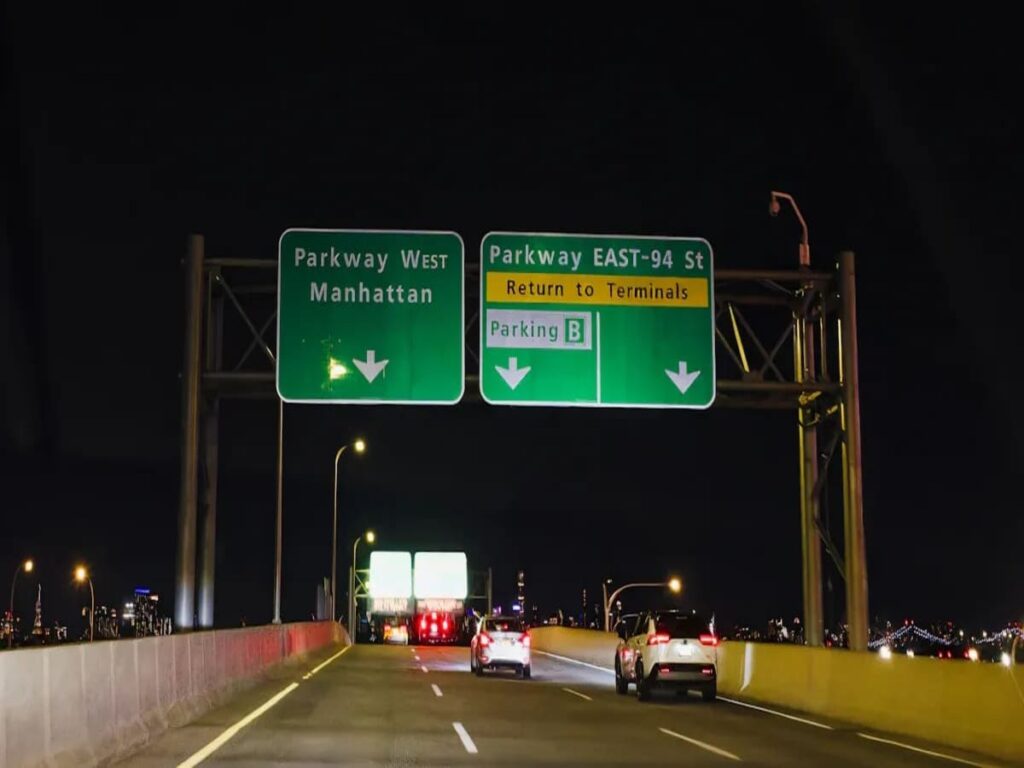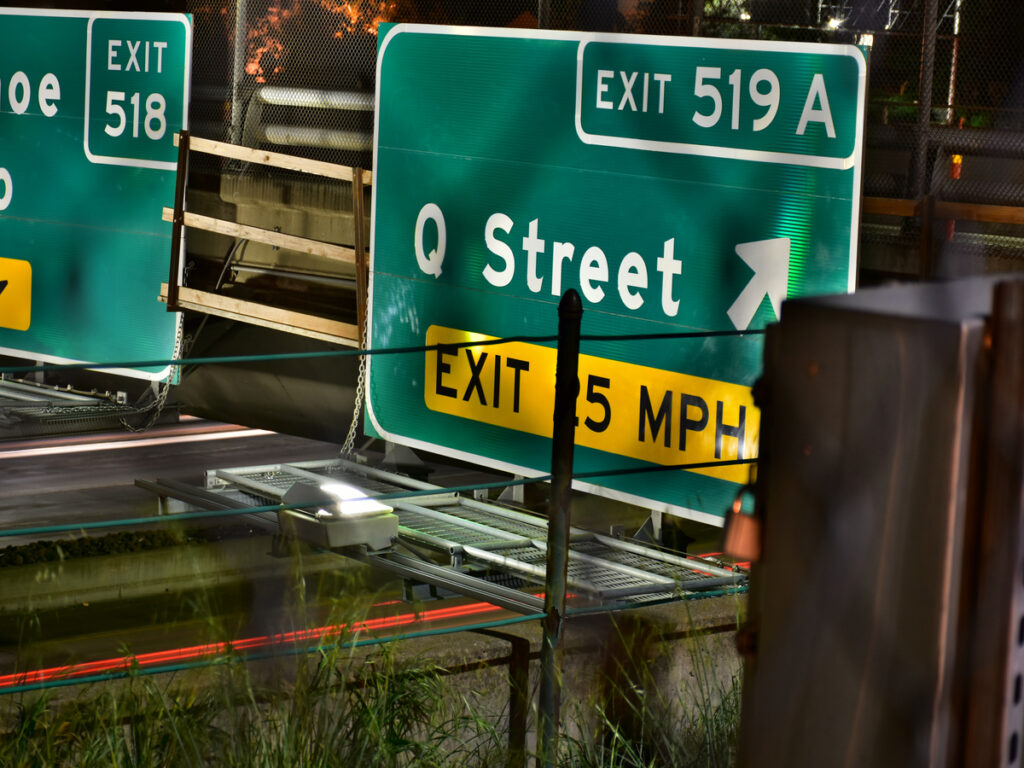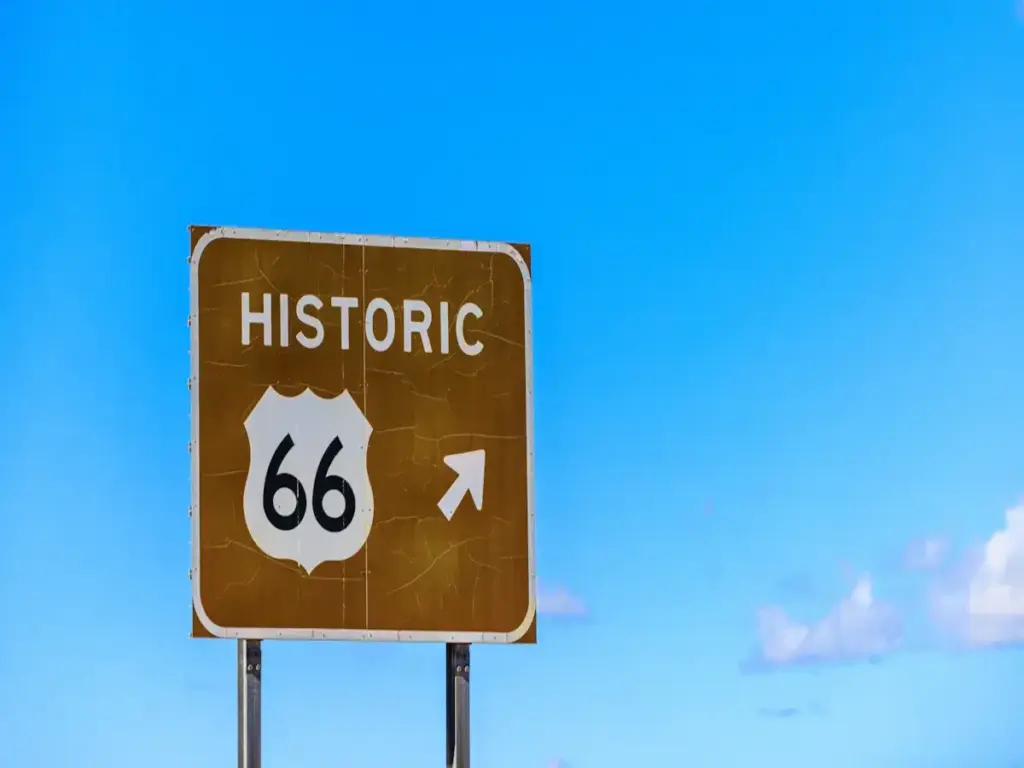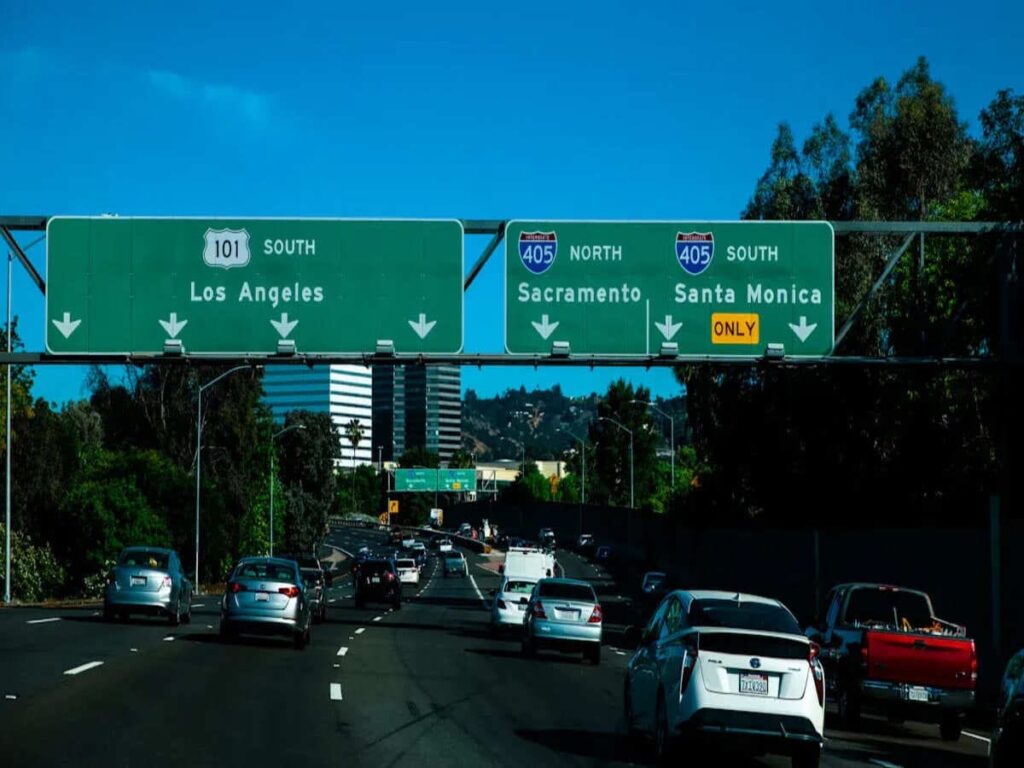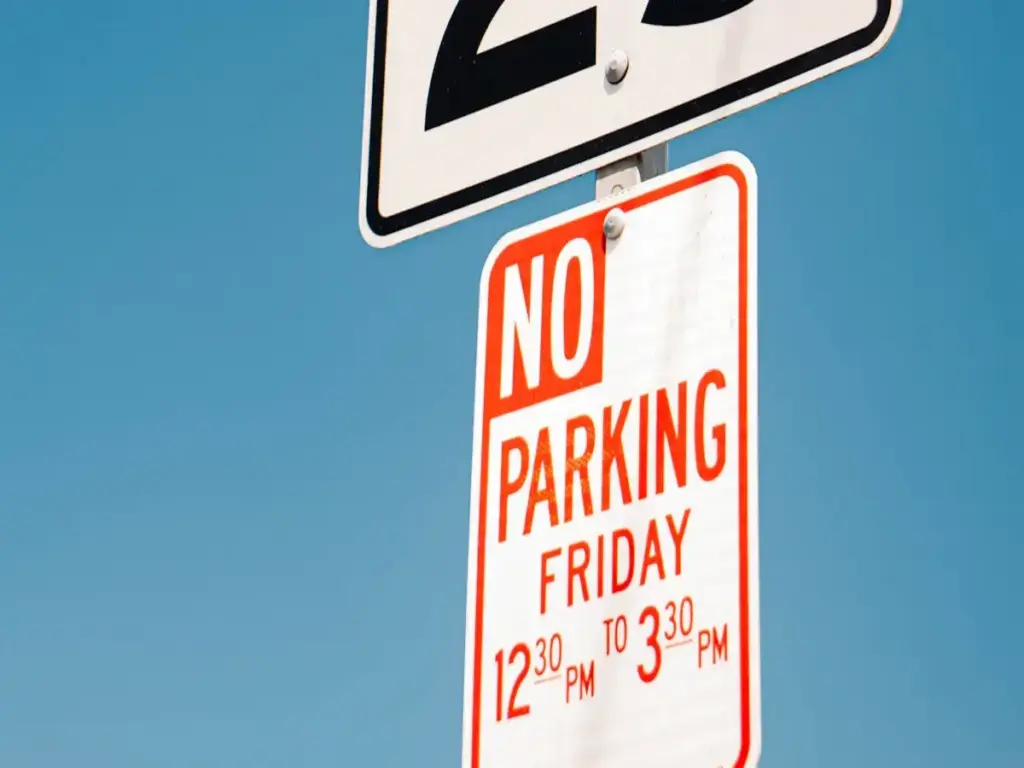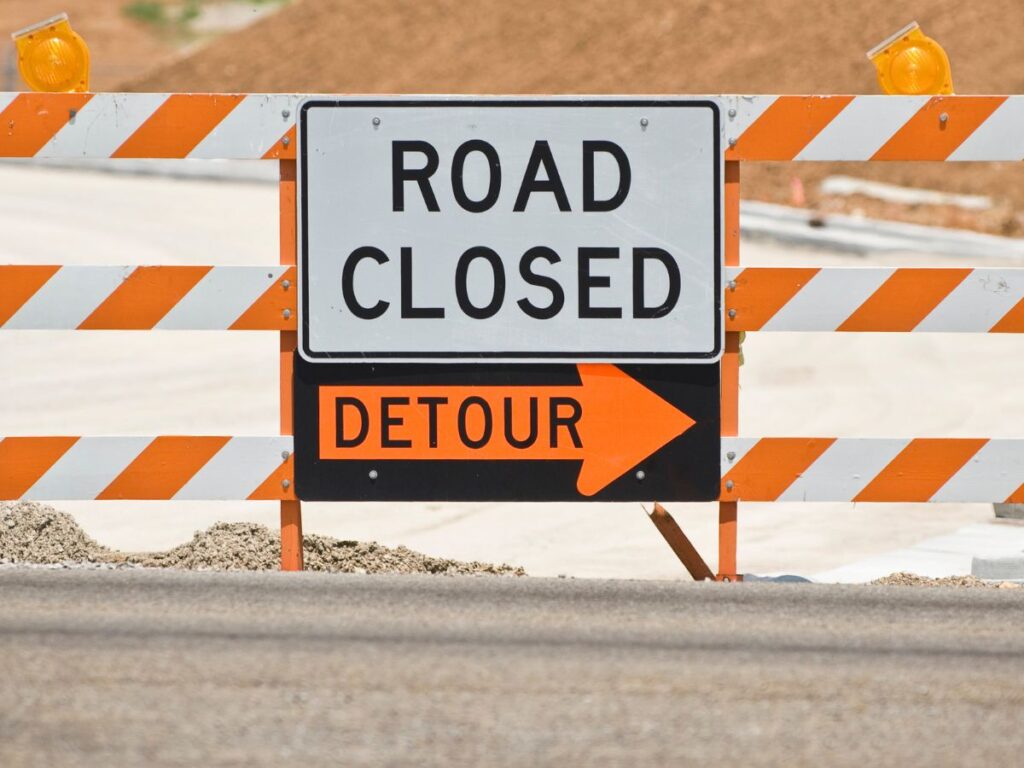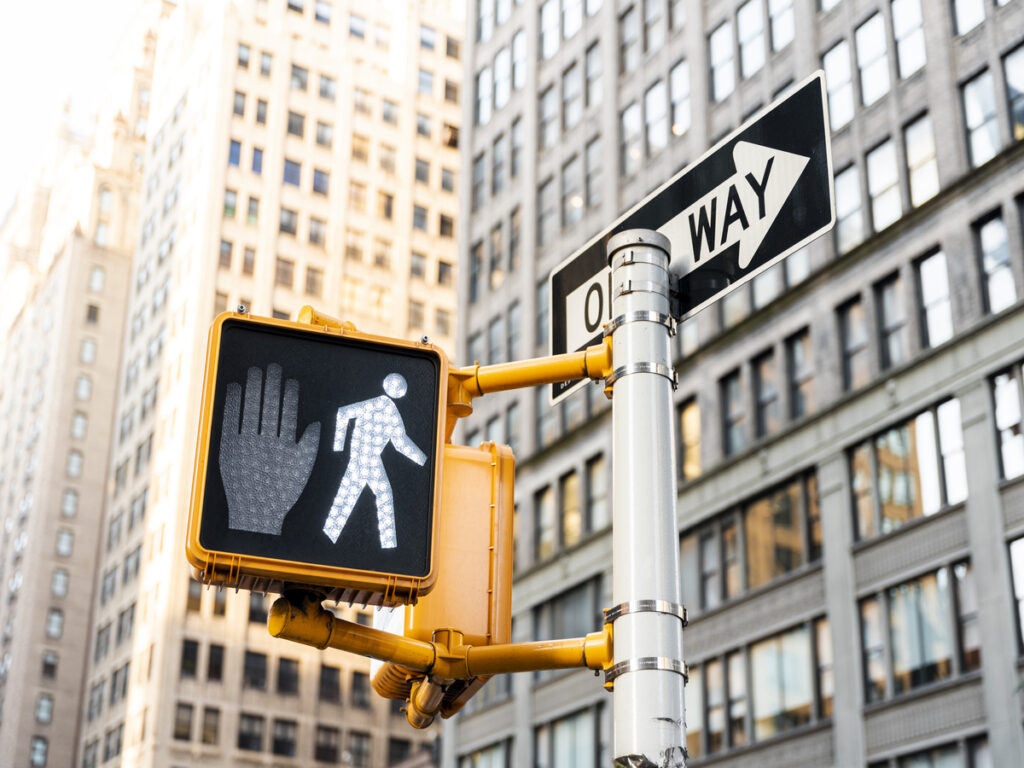
You can be in danger when you cross busy streets without signals. Many people get hurt at these crosswalks, especially on roads with many lanes. Pedestrian safety signs tell drivers to watch out. هؤلاء إشارات المرور help keep people safe. When you add rectangular rapid flashing beacons, safety gets even better. If you see these signs and beacons at a crosswalk, you are safer. You help make roads safer when you use or follow these safety tools.
- في 2022, أكثر من 7,500 people died while walking. زيادة 47,000 people went to the hospital after crashes.
- Crashes are worse on roads with three or more lanes. They are also worse when speed limits are higher than 35 ميلا في الساعة.
- Older people and those in busy areas are at the most risk.
الوجبات الرئيسية
- Yellow rectangular rapid-flashing beacons help drivers see people walking. They make drivers stop more at crosswalks.
- RRFBs have bright, quick-flashing lights. These lights work during the day and at night. They also work in bad weather. They help keep you safe when you cross the street.
- You can press a button or walk near a sensor to turn on RRFBs. This tells drivers that someone is crossing the street.
- RRFBs lower the number of crashes with people walking by up to 36%. They also make drivers stop for people up to 98% من الوقت. This makes crossing the street safer.
- These beacons do not cost a lot to put in. They use solar power, so they save energy and money for towns.
Pedestrian Safety Challenges
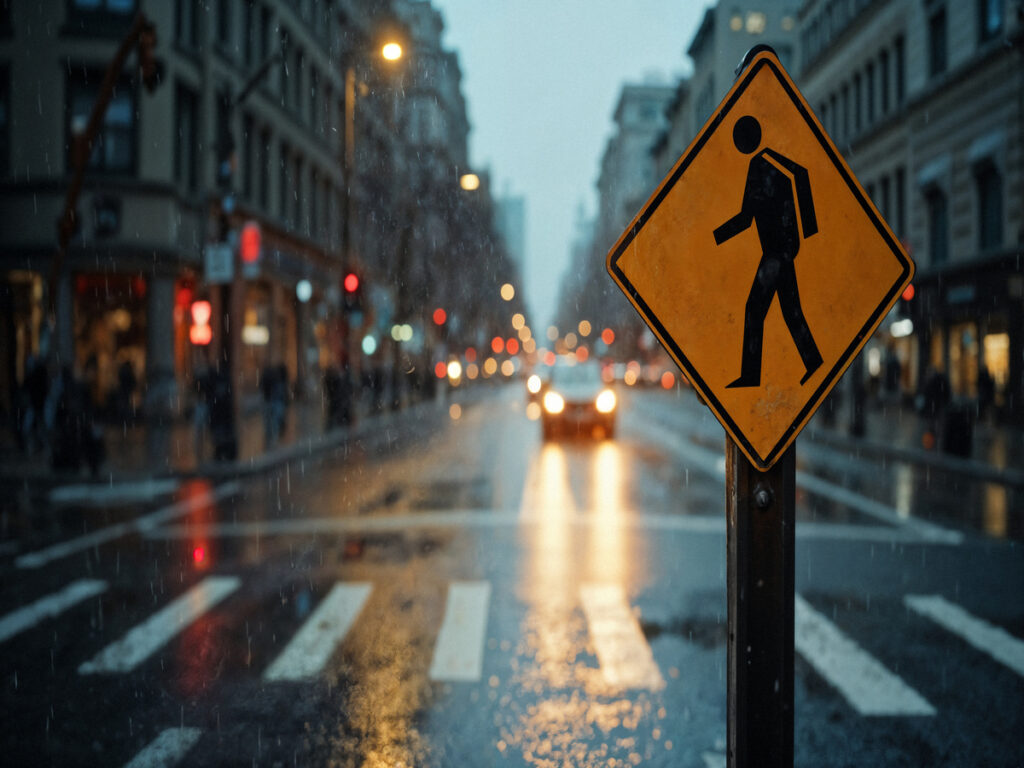
Risks at Uncontrolled Crosswalks
Crossing busy streets without signals is dangerous. Wide roads with many lanes often have these crossings. Heavy traffic makes it even riskier for you. You and others face more danger in these places. Here are some problems you might have:
- Drivers might not see you if other cars block their view.
- Some drivers do not stop, so crossing is hard.
- Older people need more time to cross the street.
- Bad lighting and short sight distance make reacting harder.
- Fast and busy traffic means crashes can be worse.
- Faded or missing crosswalk lines confuse everyone.
- People who cross outside the lines or at bad times are at more risk.
Studies show crossing at places without signals is much more dangerous. You are four times more likely to get badly hurt or killed. Mid-block crossings without marked lines also have many injuries.
Role of Pedestrian Safety Signs
Pedestrian safety signs help make crosswalks safer for you. These signs tell drivers to watch for people crossing. عندما ترى علامات واضحة, you know where to cross. You feel safer and more sure. Drivers also notice you and are more likely to stop.
نصيحة: Always look for pedestrian safety signs before crossing. These signs help you and drivers act safely.
The table below shows how different signs and devices help at crosswalks:
| Device or Sign | التأثير على السائقين | Effect on Pedestrians |
|---|---|---|
| Overhead CROSSWALK sign | More drivers stop or yield | Less running or hesitation |
| Pedestrian safety cones with yield message | More drivers stop or yield | غير محدد |
| Pedestrian-activated STOP signs | More yielding at some locations | Less running or hesitation |
| Enhanced crosswalk markings + amber lights | حتى 50% more vehicles stop | غير محدد |
| Marked crosswalks alone | Small or no effect on yielding | No clear effect on crashes |
You can see that using pedestrian safety signs with other tools works best. Flashing beacons and better markings help even more. These things protect you and make crosswalks safer for all.
What Are Rectangular Rapid Flashing Beacons?
Rectangular rapid flashing beacons help you cross streets safely. You find these devices at crosswalks without traffic signals. They use bright, flashing yellow lights to get drivers’ attention. When you press a button or step into a sensor area, the beacons start flashing. This makes drivers notice you and stop so you can cross.
Key Features of RRFBs
Rectangular rapid flashing beacons have special features that help you:
- Two amber LED lights are under pedestrian safety signs at each side.
- The beacons stay off until you turn them on, so drivers are not distracted.
- When you activate the system, the lights flash in a special fast pattern. This pattern looks like emergency vehicle lights and grabs attention quickly.
- The LEDs are very bright warning lights. They shine in any weather, ليلا أو نهارا.
- The system follows strict safety rules like Mutcd and SAE J595 Class 1 for brightness.
- Some models use solar power, so cities can put them in more places, even without electricity.
- The beacons can have أدا push buttons with sound and touch feedback, making them easy for everyone to use.
ملحوظة: Studies show rectangular rapid flashing beacons can make drivers stop up to 98% of the time and cut pedestrian crashes almost in half.
Here is a table showing how these features help you at crosswalks:
| ميزة | How It Helps You Stay Safe |
|---|---|
| Flashing yellow lights | Drivers see you and stop more often |
| مصابيح LED عالية الكثافة | Visible in bright sun, مطر, أو في الليل |
| Unique flash pattern | Gets attention better than regular flashing beacons |
| Solar power option | Lets cities install beacons in more places |
| ADA-compliant push buttons | Easy for everyone to use, بما في ذلك الأشخاص ذوي الإعاقة |
Activation and Installation
You can turn on rectangular rapid flashing beacons in different ways. The most common way is by pressing a button near the crosswalk. Some systems use touchless buttons or sensors that spot you as you walk up. These sensors use infrared or thermal technology to see you coming.
Here are some ways you might activate the beacons:
| Activation Method | وصف | كيف يساعدك |
|---|---|---|
| Push Button | You press a button to start the flashing lights. | Simple and reliable |
| Touchless Button | You wave your hand or get close to a sensor to turn on the beacons. | No need to touch anything |
| Thermal Detection | The system senses your body heat as you enter the crosswalk area. | Works automatically, حتى في الليل |
| Infrared Bollards | Sensors on both sides of the crosswalk detect your movement and direction. | Activates the lights without you doing anything |
Cities follow important rules when they install rectangular rapid flashing beacons:
- The beacons must go with pedestrian safety signs like W11-2, S1-1, or W11-15.
- Each beacon has two yellow lights, على الأقل 5 بوصة واسعة و 2 بوصة عالية, spaced at least 7 بوصات.
- The beacons stay off until you turn them on, then flash in a special pattern.
- The lights dim at night so they do not glare.
- Audible signals and confirmation lights help you know the system is working.
- Pedestrian safety signs tell you how to use the push button or sensor.
نصيحة: Always look for the push button or sensor sign before crossing. If you see the lights flashing, you know the system is working to keep you safe.
Integration with Pedestrian Safety Signs
Rectangular rapid flashing beacons are always installed with pedestrian safety signs. The beacons sit right below the crossing sign or between the sign and a downward arrow plaque. This setup makes the crosswalk much easier for drivers to see.
Cities put at least two beacons at each crosswalk—one on each side of the road. If there is a median, you might see a beacon there too. The beacons only flash when you turn them on, so drivers know someone is crossing right now.
أحيانا, cities add extra beacons ahead of the crosswalk if drivers need more warning. The system uses wireless technology to make sure all the lights flash together, even if you press a button on only one side.
يتذكر: Bright flashing lights and clear pedestrian safety signs work together to help you cross safely. This teamwork helps drivers see you and stop in time.
Rectangular Rapid-Flashing Beacon Effectiveness
Driver Yielding and Crash Reduction
When you see a yellow rectangular rapid-flashing beacon at a crosswalk, you notice drivers pay more attention. These beacons have bright, fast lights that stand out in traffic. الدراسات تظهر RRFBs help drivers stop for people crossing.
- RRFBs flash in a special way that gets noticed more than regular yellow beacons.
- Drivers stop for people 19% ل 98% of the time with RRFBs, depending on where they are and if drivers know about them.
- If cities use RRFBs with other pedestrian safety signs, like LED stop signs, drivers stop even more.
- The Federal Highway Administration knows RRFBs work well and wants to add them to national rules.
- Teaching drivers and seeing RRFBs often helps drivers stop more over time.
Here is a table with results from different studies:
| يذاكر / مصدر | Treatment Type | Driver Yielding Rate (%) | النتائج الرئيسية |
|---|---|---|---|
| Fitzpatrick et al. (2014) | RRFB | 86 | High yielding rate at 22 RRFB locations in Texas; yielding improves with driver familiarity |
| Fitzpatrick et al. (2014) | PHB | 89 | Slightly higher yielding than RRFB; solid red indication leads to better compliance |
| Shurbutt et al. (Simulator) | RRFB | 18.2 (قبل) ل 87.8 (بعد) | Yielding increased at multilane crosswalks after RRFB installation |
| Salamati et al. (Simulator) | RRFB | 51 ل 73 | Yielding improved with crosswalk relocation and RRFB installation |
| Salamati et al. (Simulator) | PHB | 68 ل 85 | PHB yielded better rates than RRFB, especially at wider crossings |
| Multiple studies | RRFB | 19 ل 98 | Yielding rates vary by context and complementary treatments |
Field studies show that drivers stop for people at RRFBs about 75% ل 86% من الوقت. These numbers get better as drivers get used to the beacons. Simulator studies also show that moving the crosswalk and adding RRFBs makes drivers pay more attention and stop more.
After cities put in RRFBs, هناك عدد أقل من الحوادث. A big study in Florida looked at over 35,000 crash records at 312 مَمَرّات المُشاة. The study found fewer and less serious pedestrian crashes after RRFBs were added. The Crash Modification Factor was 0.31, which means a strong drop in pedestrian crashes. RRFBs also helped make nighttime crashes less severe.
When you use a crosswalk with RRFBs, you feel safer. Drivers see you better and stop more, so you are less likely to get hurt.
Comparison to Traditional Beacons
You might wonder how RRFBs compare to older flashing beacons. Traditional beacons use a steady or slow yellow light. RRFBs use a fast, stutter-flash that is easier to see, حتى في الليل.
| وجه | RRFBS | Traditional Flashing Beacons / PHBs |
|---|---|---|
| Driver Yielding Rates | 60%-90% (في بعض الأحيان يصل إلى 98%) | Higher with PHBs (red/yellow signals) |
| نمط وامض | Rapid stutter-flash, واضحة للغاية | Standard flashing, less attention-grabbing |
| التحكم في حركة المرور | Voluntary yielding, no traffic flow control | PHBs control traffic flow with red/yellow |
| Pedestrian Usage | More frequent use, shorter wait times | Less frequent use, longer wait times |
| التكلفة والتركيب | انخفاض التكلفة, solar powered, سهل التثبيت | More complex and costly |
| Effectiveness Over Time | Can diminish if overused, but usually sustained | PHBs provide clearer stopping expectations |
| نتائج السلامة | Improves safety over no beacon | PHBs achieve better safety on fast, طرق واسعة |
Tests show that old yellow beacons make drivers stop about 16% من الوقت. When RRFBs are added, drivers stop 72% من الوقت. If RRFBs are on a median island, drivers stop 88% من الوقت. These good results last at least two years, so you get safer crossings for a long time.
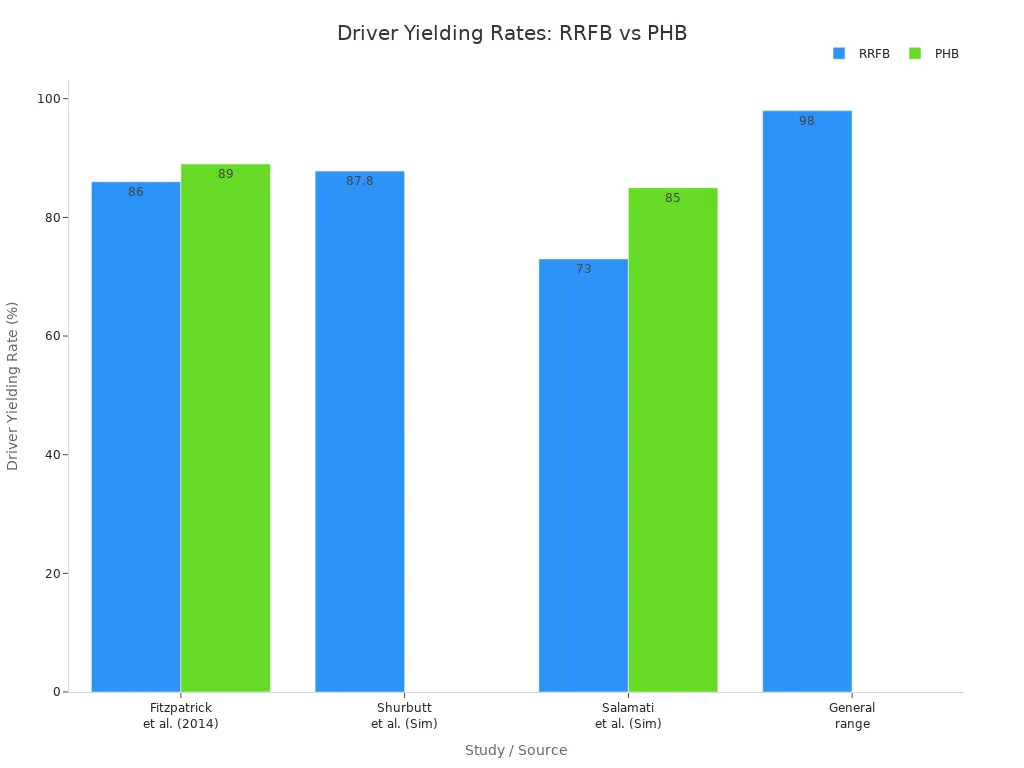
Pedestrian hybrid beacons use red and yellow lights, like a traffic signal. PHBs make it clear when drivers must stop, so drivers follow the rules more. RRFBs still help a lot, especially when there are no other beacons or only old yellow ones. RRFBs are great for busy crosswalks where you want drivers to stop for people.
RRFBs make crosswalks safer and easier to see. Drivers slow down and stop more, so everyone can cross safely.
Cost and Energy Efficiency
You want safety tools that do not cost too much and are easy to take care of. RRFBs cost less than many other pedestrian safety devices. Here is a table with average costs:
| نوع منارة | Average Cost (Including Installation, تَعَب, مواد) | Notes on Maintenance and Cost Implications |
|---|---|---|
| Rectangular Rapid Flashing Beacon (RRFB) | $22,250 | Lower-cost alternative to traffic signals; reasonable maintenance |
| Circular Flashing Beacon | $10,010 | Lower cost but less effective driver yield rates |
| Pedestrian Hybrid Beacon (PHB) | $57,680 | More expensive to implement and maintain; includes multiple signal components |
| In-pavement Lighting Systems | $17,620 | Maintenance issues; some removed due to unreliability |
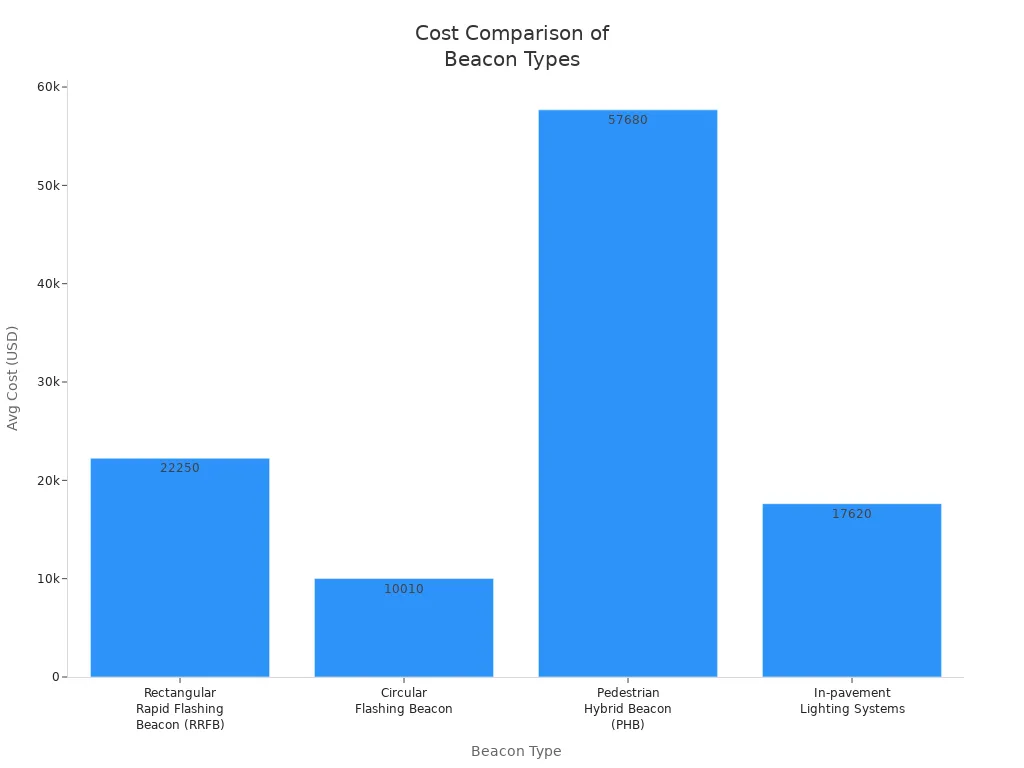
RRFBs also save energy. Most use solar power and need very little electricity. Some RRFBs use only 76mA to 370mA, so they work well even where there is no power. They change brightness based on sunlight, so you can see them well without wasting energy. Many RRFBs use wireless technology to keep energy use low and work well.
The special flash pattern of RRFBs keeps the lights off more, مما يوفر المزيد من الطاقة. This design also helps drivers see you better at night.
RRFBs give you a safer crossing, save your community money, واستخدام أقل طاقة. You get a smart tool that works day and night.
Practical Use for Pedestrian Safety
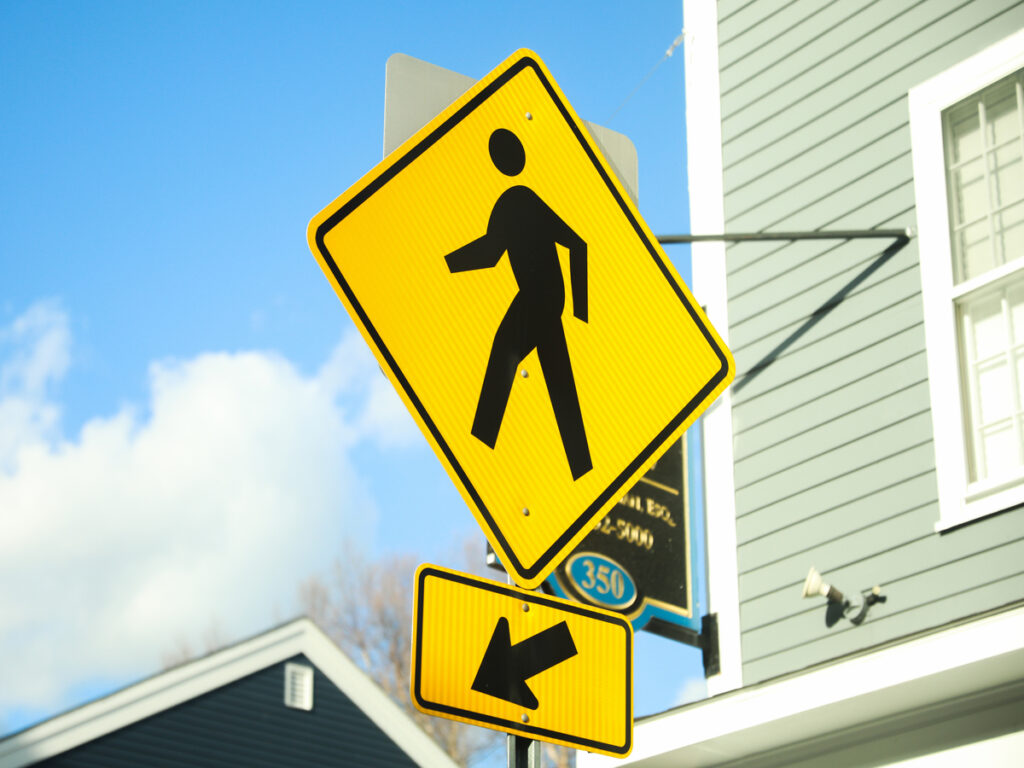
Guidance for Pedestrians
You play a big role in your own safety at a crosswalk. When you see a crosswalk with rectangular rapid-flashing beacons, you should always stop at the curb and press the button or wait for the sensor to activate the lights. Look both ways before you step into the street. Make eye contact with drivers to be sure they see you. Wait until all cars stop before you cross.
نصيحة: Stay inside the marked lines of the crosswalk. This helps drivers know where to expect you.
If you walk with children or older adults, hold their hand and cross together. Move at a steady pace. Do not run or stop suddenly in the middle of the street. Using crosswalks with RRFBs gives you improved pedestrian confidence because drivers notice you more and yield to pedestrians more often.
Here is a quick checklist for safe crossings:
- Press the button or wait for the sensor.
- Watch for the flashing lights.
- Make sure cars stop.
- Cross inside the lines.
- Keep looking for cars as you cross.
Responsibilities for Drivers
You must stay alert when you drive near a crosswalk, especially one with rectangular rapid-flashing beacons. When you see the flashing amber lights, slow down and prepare to stop. These lights mean a crossing pedestrian is present. Always yield to pedestrians in the crosswalk.
Advance warning signs with RRFBs may appear 115 ل 125 feet before the crosswalk. These signs give you time to react and stop safely. You should never ignore the flashing lights. In areas with poor visibility or busy roads, you need to pay extra attention. The law requires you to yield to pedestrians once the RRFBs are activated.
ملحوظة: Yielding at crosswalks with RRFBs helps prevent crashes and keeps everyone safe.
Studies show that driver yielding rates improve a lot when RRFBs are used. You help make pedestrian safety better when you follow these rules. Always watch for people at crossings and stop when you see the lights flash.
Real-World Applications and Future Trends
Urban and Global Case Studies
Cities everywhere use yellow rectangular rapid-flashing beacons (RRFBS) to make crosswalks safer. In the U.S. and Canada, these beacons are very common. You can find RRFBs at busy intersections, المدارس, الحدائق, المستشفيات, والأحياء. City planners add RRFBs when building new roads or fixing old ones. These beacons help lower accidents and keep traffic moving better.
Here is a table showing how cities use RRFBs:
| وجه | تفاصيل |
|---|---|
| Adoption Methods | New installations in city projects; retrofits at existing crossings |
| End-Users | Municipalities, المدارس, المستشفيات, الحدائق, residential communities |
| Regional Adoption | North America leads; Europe and Asia Pacific growing |
| Drivers of Adoption | التحضر, قواعد السلامة, رؤية الصفر, new tech like solar and IoT |
| Observed Results | عدد أقل من الحوادث, better pedestrian safety, improved traffic management |
| Application Environments | تقاطعات مشغولة, الحدائق, خصائص خاصة, المدارس, المستشفيات, الأحياء |
| التقدم التكنولوجي | Solar power, wireless controls, energy-saving LEDs, أجهزة الاستشعار, تكامل إنترنت الأشياء |
| اتجاهات السوق | Growth in both new and retrofit projects; modular systems for many environments |
These changes help you. More people walk and bike because they feel safer. Cities see less traffic and fewer crashes. RRFBs work best with other safety tools like bright lights and clear signs.
Smart Traffic Signs and Innovations
الآن, RRFBs are part of smart city plans. These beacons use sensors to spot you and start flashing by themselves. Some RRFBs connect to city computers so workers can watch and change them from far away. RRFBs can even send warnings to smart cars before drivers get to the crosswalk.
- Solar-powered RRFBs save energy and work where there is no electricity.
- Sensors and motion detectors turn on beacons only when needed, so they do not flash too much.
- Smart city systems let cities check and control pedestrian crossings from a distance.
- IoT and data tools help cities know when crossings are busy and change signals to keep you safe.
Cities using smart RRFBs have up to 15% عدد أقل من حوادث المشاة. You get safer places to cross, and cities get better information for planning. في المستقبل, more AI and connected systems will help even more. RRFBs will show up in more places, from big cities to small towns, to help keep you safe on the road.
You can see changes when cities put yellow rectangular rapid-flashing beacons at crosswalks. Studies show pedestrian crashes go down by 36%. Fewer people get badly hurt after RRFBs are installed. RRFBs have bright, quick flashes that drivers see fast. Cities pick RRFBs for busy streets to help everyone feel safer. Solar-powered RRFBs are easy to set up and cost less money. You make roads safer when you use crosswalks and follow pedestrian safety signs. Communities that buy RRFBs keep people safe and make streets better for everyone.
التعليمات
What does a Yellow Rectangular Rapid-Flashing Beacon (RRFB) يفعل?
You see RRFBs flash bright yellow lights at crosswalks. These lights grab drivers’ attention and help you cross safely. RRFBs make drivers stop more often for people in the crosswalk.
How do you activate an RRFB at a crosswalk?
You press a button or walk near a sensor. The beacon starts flashing when you do this. Drivers see the lights and know you want to cross.
When to use RRFB?
RRFBS (Rectangular Rapid-Flashing Beacons) should be used at pedestrian crossings, خاصة في المناطق ذات العبور العالية, to improve visibility and alert drivers of pedestrians crossing. They are particularly effective at mid-block crossings, unsignalized intersections, and areas with limited lighting. RRFBs are most beneficial where pedestrians face challenges in gaining drivers’ انتباه, ensuring safety during daylight and nighttime. مشرقهم, rapid flashing lights make them highly visible and help reduce pedestrian accidents by enhancing driver awareness.
Where can you find RRFBs in your city?
You find RRFBs at busy crosswalks, بالقرب من المدارس, الحدائق, المستشفيات, and in neighborhoods. Cities place them where many people walk and where traffic moves fast.
Are RRFBs safe to use at night or in bad weather?
You stay safe with RRFBs at any time. The bright LEDs work in rain, ضباب, and darkness. Drivers see the flashing lights easily, so you get noticed.
Do RRFBs use a lot of energy?
You help save energy with RRFBs. Most use solar power and need little electricity. Cities choose RRFBs because they work well and cost less to run.
How much does a rectangular rapid flashing beacon cost?
The cost of a Rectangular Rapid-Flashing Beacon (RRFB) تتراوح عادة من $2,000 ل $5,000, depending on the model, سمات, and installation requirements. Prices may vary based on factors such as the brand, خيارات التخصيص, and the complexity of the installation, including wiring, mounting, and additional components. It’s always recommended to get a quote from a supplier for the most accurate pricing based on your specific needs.

